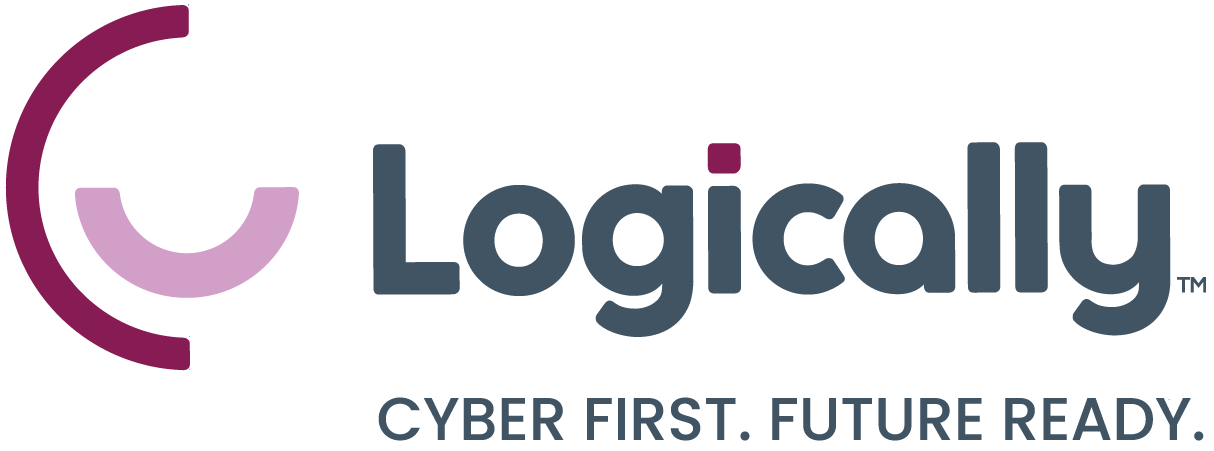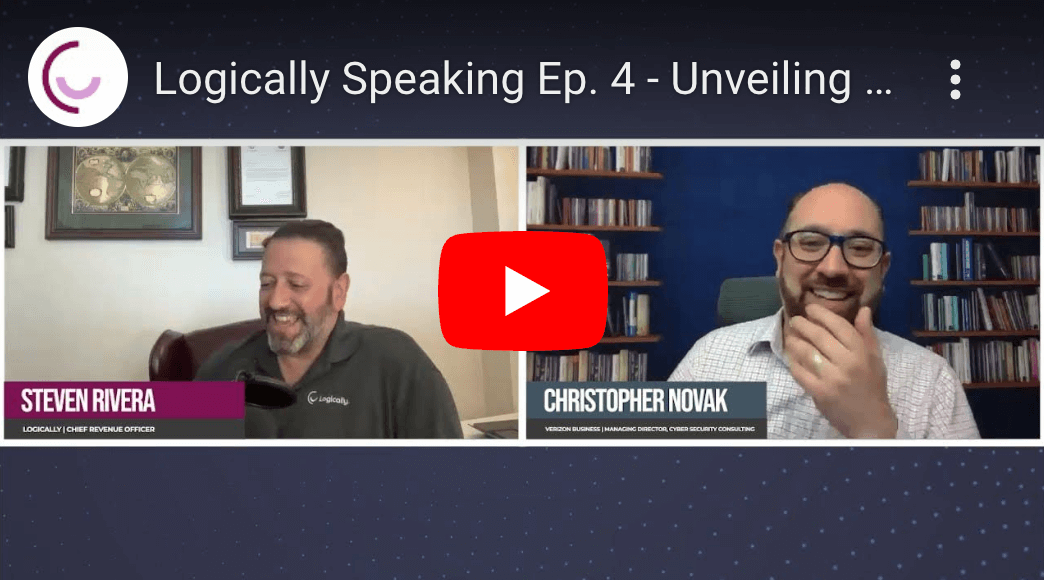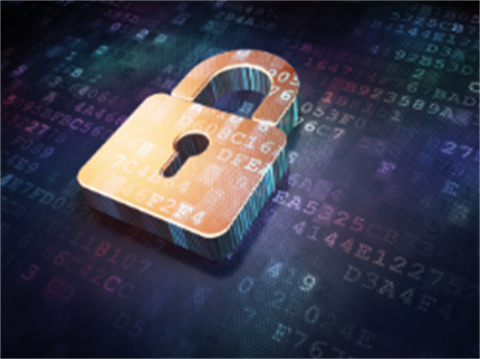Elevating Your Security Posture: A Guide to the NIST Cybersecurity Framework 2.0
Introduction
The only thing constant in the cybersecurity community is change.
But one thing—the National Institute of Standards and Technology (NIST) Cybersecurity Framework (CSF)—has been helping organizations reduce and manage their cybersecurity risks since 2013.
Recognizing just how much the cybersecurity, threat, and enterprise environments have evolved, the foundational framework received an update and upgrade in February 2024, re-releasing as the NIST Cybersecurity Framework 2.0.
In particular, NIST focused on updating how the CSF addresses and categorizes risk, incorporating the mitigation of risk in the acquisition process, and improving governance and risk reporting.
Whether your organization is already well-versed in cybersecurity frameworks or is just beginning to evaluate how these best practices can be integrated into your security programs, understanding the impact of the updates introduced in the CSF 2.0 is critical.
To help streamline your understanding of the framework, here’s everything you need to know about the CSF 2.0, how it has evolved from the original, and how your organization can successfully align its security program with its best practices.
Download this guide as a PDF
Fill out this form to download your copy of, Elevating Your Security Posture: A Guide to the NIST Cybersecurity Framework 2.0, or keep scrolling to learn more.

The NIST Cybersecurity Framework 2.0: What You Need to Know
The Additions Within the NIST CSF Version 2.0
Implementing the NIST Cybersecurity Framework 2.0

The NIST Cybersecurity Framework 2.0: What You Need to Know
Recognizing that no two organizations' digital footprint, business drivers, and security programs are the same, the NIST CSF 2.0 aims to introduce enhancements to its framework to improve the accessibility, scope, and adaptability of its programs, making it easier for organizations to utilize the framework.
These changes are also designed to better suit each organization's risk tolerance, industry, size, and operational needs.
However, before exploring how the NIST CSF 2.0 has evolved, it’s important to understand the foundational principles of the original NIST CSF and its role in guiding organizations toward the implementation of a strong cybersecurity program.
The Key Elements of the NIST CSF
The original NIST CSF was organized around five functions that cybersecurity programs must address. These include:
Identify: This function focuses on identifying and inventorying assets within the organization's IT enterprise, with a focus on the potential threats and vulnerabilities that could put these assets at risk. This stage also focuses on assessing the potential consequences of a security breach to help security teams prioritize risk management efforts.
Protect: This involves implementing robust security controls and measures to protect the organization's assets from threats and vulnerabilities. The assessment should measure the effectiveness of encryption, access controls, and security awareness training to mitigate risk.
Detect: This helps organizations perform early detection of security issues through the use of monitoring systems, intrusion detection platforms, and anomaly detection tools. Together, these platforms allow organizations to respond swiftly and effectively to cyberthreats.
Respond: In the event of a security incident, this function guides organizations in how to promptly execute a coordinated response to mitigate the threat and minimize its impact. This should include implementing an incident response plan, containing the breach, conducting forensic analysis, and communicating with stakeholders.
Recover: This function focuses on the activities that guide the teams through the restoration of operations following a security incident. Security programs should account for data restoration, system failover, and business continuity planning to ensure minimal disruption to organizational processes and services. This section also touches on the elements of post-incident analysis to identify lessons learned and strengthen future resilience.

The Additions Within the NIST CSF Version 2.0
The NIST CSF Version 2.0 introduces several significant additions aimed at enhancing an organization’s cybersecurity resilience.
The most significant change is the inclusion of a new pillar called "Govern," which focuses on organizational structures, policies, and processes to strengthen an enterprise’s cybersecurity governance and integrate security into its organizational culture.
The New Govern Pillar
The Govern pillar includes the following subcategories:
Policy
Policies serve as the bedrock of an organization's cybersecurity framework, establishing the overarching requirements and standards for safeguarding digital assets. These directives encompass a wide range of areas, including data protection, access controls, incident response, and compliance with regulatory mandates. By articulating clear expectations and guidelines, policies provide the necessary foundation for effective cybersecurity governance.
Procedures
Procedures delineate the detailed processes and steps for implementing and enforcing the organization's cybersecurity policies. From user authentication and data encryption to system monitoring and incident response protocols, procedures offer explicit guidance on how to execute key cybersecurity activities. By codifying best practices into actionable procedures, organizations can ensure consistency and efficiency in their cybersecurity operations.
Roles and Responsibilities
Clearly defined roles and responsibilities are essential for fostering accountability and facilitating effective collaboration in cybersecurity endeavors. This subcategory outlines the specific duties and obligations of individuals and teams involved in various aspects of cybersecurity, including IT administrators, security analysts, and executive leadership. By clarifying expectations and delineating areas of expertise, organizations can streamline communication and coordination to better address cybersecurity challenges.
Culture
Cultivating a cybersecurity-conscious culture is a critical element of maintaining proactive risk awareness and promoting adherence to security protocols throughout the organization. This subcategory underscores the importance of initiatives such as cybersecurity awareness training, encouraging information sharing, and integrating security requirements into everyday business practices. By fostering a culture where security is integrated and prioritized, organizations can empower employees to become key pieces of the defense against cyberthreats.
Metrics and Measurement
Metrics and performance indicators also play a crucial role in evaluating the effectiveness of cybersecurity initiatives and identifying areas for improvement. This subcategory encompasses the development and tracking of key performance indicators (KPIs), such as incident response times, vulnerability remediation rates, and employee training completion rates. By leveraging data-driven insights, organizations can assess their cybersecurity posture, identify emerging trends, and make informed decisions to enhance their security posture.
Supply Chain Risk Management (SCRM) in NIST 2.0
The CSF 2.0 also significantly enhances and broadens the scope of its focus on SCRM, particularly when it comes to Cybersecurity Supply Chain Risk Management (C-SCRM).
In the wake of high-profile supply chain attacks such as the SolarWinds incident, this update is aimed at helping organizations account for today’s complex, globally distributed, and interconnected technology supply chains. The enhanced C-SCRM practices were developed to help organizations manage the increasing risk of a compromise during the supply chain process, whether intentional or unintentional. This includes the risk of software or hardware being tampered with, such as the installation of malicious code, as well as insecure manufacturing and development practices.
To help establish a strong mitigation and containment program, the NIST CSF 2.0 provides organizations with a process for managing exposure throughout the entire lifecycle of a device or software—from design and development to distribution, deployment, acquisition, maintenance, and even disposal.
Reasons for Adopting the New NIST Cybersecurity Framework 2.0
Whether your organization uses another cybersecurity framework to guide its program or the original NIST CSF, there are several very compelling reasons to make the shift to the CSF 2.0:
Organizational Resources
In addition to the additional enhancements around the Govern pillar and the C-SCRM, the CSF 2.0 is designed to be adaptable for organizations with operations spanning across different geographical regions and infrastructures. For example, the CSF 2.0 provides organizations with a way to organize, prioritize, and communicate risk from multiple sources and against different digital assets. The CSF 2.0 also includes a range of resources, such as:
- Quick start guides
- Success stories
- Document crosswalks
Incident Response Capabilities
Across the whole span of the document, the NIST CSF 2.0 emphasizes the importance of developing resilient systems that not only prevent attacks but also help organizations execute a rapid recovery from security incidents. It provides guidance across the full attack lifecycle, from detection and incident response to recovery, helping organizations proactively prepare for and anticipate future cyberthreats and develop specific tactics to respond to them.
Alignment with Business Requirements
Like its original version, the CSF 2.0’s layered pillar approach also helps organizations align cybersecurity activities with business outcomes like:
- Regulatory compliance: The CSF 2.0’s crosswalk, overall structure, and approach helps organizations meet compliance requirements such as HIPAA, GDPR, and PCI DSS by providing a structured framework that can be linked with the expectations of these standards.
- Cyber insurance requirements: Compliance with the CSF 2.0 can also help meet cyber insurance requirements as it provides a standardized approach to managing cybersecurity risks, a key requirement for obtaining and maintaining compliance with cyber insurance policies.
- Strategic planning: The framework provides a standardized guide for organizations to better understand and manage their cyber risk. This can help them to better align their cybersecurity programs with their overall business objectives and provide the data they need to inform decision-making.

Implementing the NIST Cybersecurity Framework 2.0
While every organization can follow its own path to implement the CSF 2.0 based on its unique requirements, following a structured approach can facilitate engagement from across the organization.
As a guide, here are some steps that can be used to shape your organization’s transition to the CSF 2.0:
Familiarize Stakeholders with the Framework
Review the CSF 2.0 with key stakeholders, developing training and communications in line with their roles in the program. This can include materials that communicate its core functions, governance structure, and responsibilities across the organization chart.
Conduct a Gap Assessment
The next step begins with evaluating your organization's current portfolio of cybersecurity practices against the structure of the CSF 2.0 to identify gaps in your cybersecurity posture or policies. This assessment will help in prioritizing areas for improvement and estimating the resources needed to fill those gaps.
Develop an Alignment Plan
Based on the gap assessment, develop an alignment plan to sync your organization's business objectives and compliance requirements with the structure of the CSF 2.0’s functions and practices. For example, elements could include:
- Identifying priority areas where current practices deviate the most from the CSF 2.0’s requirements.
- Developing a plan with specific actions and initiatives, including timelines, responsible stakeholders, objectives, and resources.
- Integrating security objectives with business drivers and goals to build buy-in and strengthen governance.
Implement Governance Practices
Using the gaps identified and the output of the alignment plan, begin to update policies, refine procedures, define roles, and promote engagement to build a cybersecurity-aware culture. This is also the time to establish metrics to measure progress against the plan and resources identified for the effort.
Implement a Vendor Risk Assessment Process
Building on the C-SCRM, organizations should also establish a process for assessing the security posture of their vendors and partners to ensure that they meet the CSF 2.0’s standards and requirements. This process should include regular reviews and updates to the vendor risk assessment.
Expand Asset Inventory
Update and expand your asset inventory to include all relevant digital and data assets to ensure that your cybersecurity strategy covers all potential vulnerabilities and risks.
Encourage Continuous Improvement
Implement the necessary elements to ensure the regular review, testing, and evolution of your security program. Regular reviews and updates should focus on evaluating cybersecurity practices and strategies to continually adapt to evolving threats and changes in your business environment.
Leverage an MSP for Implementation Support
One of the best ways to ensure a streamlined and seamless transition to the CSF 2.0 is by making the decision to partner with a Managed Security Service Provider (MSP). Proven partners like Logically can provide the expertise, accelerators, and tailored support for the implementation of the CSF 2.0.
Bringing It All Together
A move up the NIST 2.0 maturity curve is recommended for organizations of all sizes and scopes to help manage and reduce their cybersecurity risks more effectively in the digital world they operate in today.
However, as evident from the scale and scope of the CSF 2.0, implementation requires commitment and buy-in across the entire organization—from top management down to individual employees.
It is our hope that organizations can use this white paper as a foundational resource to shape their own comprehensive roadmap for successfully transitioning to the NIST 2.0 framework.
You can begin by downloading your own copy of this white paper to share with your team and reference throughout your journey.
Download this guide as a PDF
Fill out this form to download your copy of, Elevating Your Security Posture: A Guide to the NIST Cybersecurity Framework 2.0!







